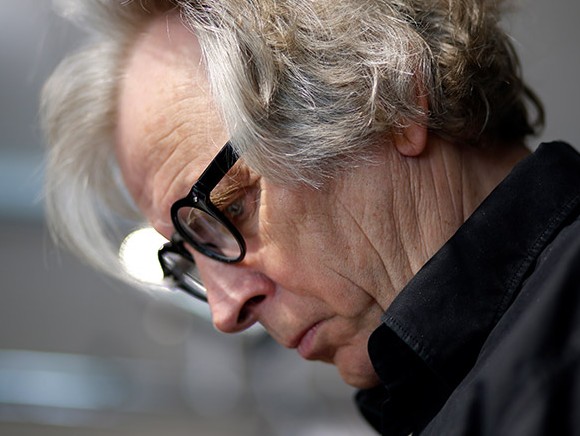
I find “long-lasting” a better term. In principle, something that is sustainably designed, yet does not last long, is bad. The usage requirements for buildings are changing at a breakneck pace. Over time, only a few buildings will be used for their original purpose. They will have an environmentally friendly design, but will no longer be functional. That means that we will have substantially missed the mark.
We have to approach the energy aspect in a completely different way as well. The focus lies far too much on the individual measures, such as solar panels. Beautiful, shingled roofs are being ruined with hideous blue and black flaps that don’t match with the design of the building at all. As an architect, I see most panels as a type of aesthetic bird dropping that actually ruins everything (Dear Welfare Commission, where are you? Do something about this!).
The grant for solar panels is a similarly misguided regulation. If I have my own building, then I get a tax deduction—if I am an investor, then that advantage does not exist. Does the sun shine differently in that case? Furthermore, solar panels never work at night, have limited use in the winter and for non-production hours, something else needs to supply the power: stored energy or fuel plants. These costs are never included in the calculations.
Not to mention the environmentally friendly, electric car: who has thought about how the electricity is going to be generated to charge these cars? If all of the Netherlands suddenly began driving electric, we would need a significant number of power plants. We could buy French nuclear power, of course, but the best way to really save energy would be to do what already works for conserving water: Turn off the tap (more often).
The moral of the story: there are plenty of funds available for small projects. However, by addressing large-scale projects, there are much higher returns to be gained from the amounts funded. The 5000 m2 mini-plants in new industrial buildings come to mind. Let’s fund those projects or even require them, instead of this horrible “bird poop”.
Herman Bessels
Herman Bessels is architect BNA at Bessels architekten & ingenieurs B.V.
Source: © Vakblad Voedingsindustrie 2018